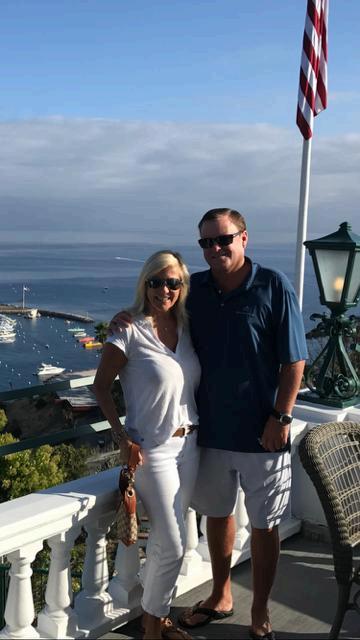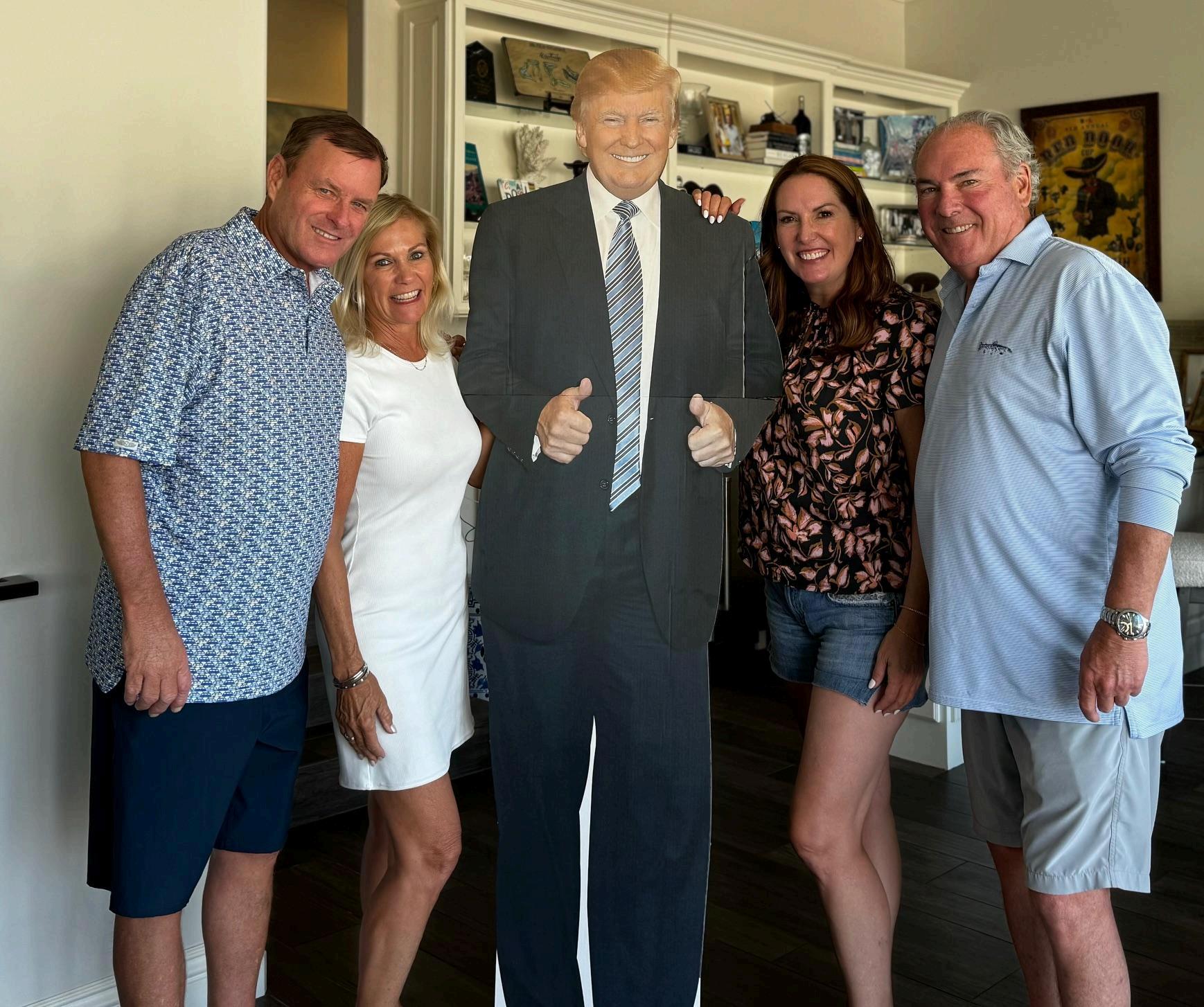Leading for Lasting and Sustainable Growth by Devin Doyle

Devin Doyle suggests that effective leadership begins with a vision that is vivid enough to inspire and precise enough to guide daily action. Leaders who connect long-term strategy to near-term milestones give teams a reason to believe and a path to follow. They translate mission into simple, repeatable priorities that shape product roadmaps, hiring plans, and budget choices. They clarify what winning looks like in customer terms, not just internal metrics, and they revisit that definition as markets shift This steady sense of direction reduces noise, channels energy toward meaningful outcomes, and keeps sustainable growth from feeling like a slogan.
Trust is the currency that powers execution at scale. Leaders earn it by choosing transparency over spin, especially when tradeoffs are uncomfortable Clear communication about risks, timelines, and resource limits invites partnership rather than passive compliance. When people see leaders keep promises, credit contributors, and own mistakes, they reciprocate with effort and ideas Ethical decision-making also strengthens brand reputation, which compounds over time into loyal customers and easier hiring. A culture grounded in integrity moves faster because teams spend less time hedging and more time building

Sustainable growth relies on listening with intention and measuring what matters. Leaders who blend qualitative insight with disciplined analytics learn faster than rivals They set a small set of lighthouse metrics that track customer value, cash efficiency, and team health, then pair those with narrative feedback from users and employees Regular learning reviews convert data into decisions, closing the loop between strategy and action This approach prevents vanity indicators from masking fragility, and it keeps investments aligned with real needs. When teams understand which signals carry weight, they can course-correct early without drama
Innovation thrives when leaders protect curiosity and make it safe to test Sustainable progress rarely arrives in a single leap. It comes from a cadence of small experiments that reveal what resonates Leaders can allocate time and budget to controlled pilots, define clear exit criteria, and celebrate the lessons learned from both wins and misses. They remove friction from cross-functional collaboration, so ideas travel quickly from discovery to delivery. By teaching teams to frame hypotheses, run lightweight trials, and share learnings openly, leaders build a renewable engine for product improvement and market expansion.

Sustainability is not a side project. It is operational excellence with a long horizon. Leaders embed responsible practices into sourcing, logistics, facilities, and product design, reducing waste and strengthening resilience Attention to environmental and social impact reduces regulatory risk, protects supply continuity, and aligns with the values of modern customers. Practical steps include conducting energy audits, adopting circular packaging, implementing supplier diversity programs, and transparent reporting These efforts improve margins over time and create differentiation that marketing alone cannot replicate. When sustainability is tied to unit economics, growth becomes sturdier, and reputational equity grows
People development is the multiplier that converts strategy into durable capability Leaders who coach rather than control create teams that solve problems independently and raise the bar for quality Thoughtful hiring brings in complementary strengths, and clear role design avoids burnout and confusion. Feedback rhythms, career paths, and peer mentorship keep momentum intact. Recognition that is specific and fair encourages behaviors that matter, while fair compensation structures align effort with impact When individuals feel seen and supported, they bring creativity and care to customer experiences, which in turn fuels retention and referrals

Resilience completes the picture. Markets shift, costs spike, and plans meet reality. Leaders prepare by building flexible budgets, diversified revenue, and simple operating procedures that can scale up or down They conduct scenario planning, maintain crisis playbooks, and keep communication channels warm with partners and community stakeholders. When disruption arrives, they act quickly, explain their choices, and keep listening Over time, this steadiness compounds into credibility Effective leadership for sustainable growth is not loud or flashy It is consistent, humane, and focused on value creation that lasts beyond a quarter, creating a future people want to join
